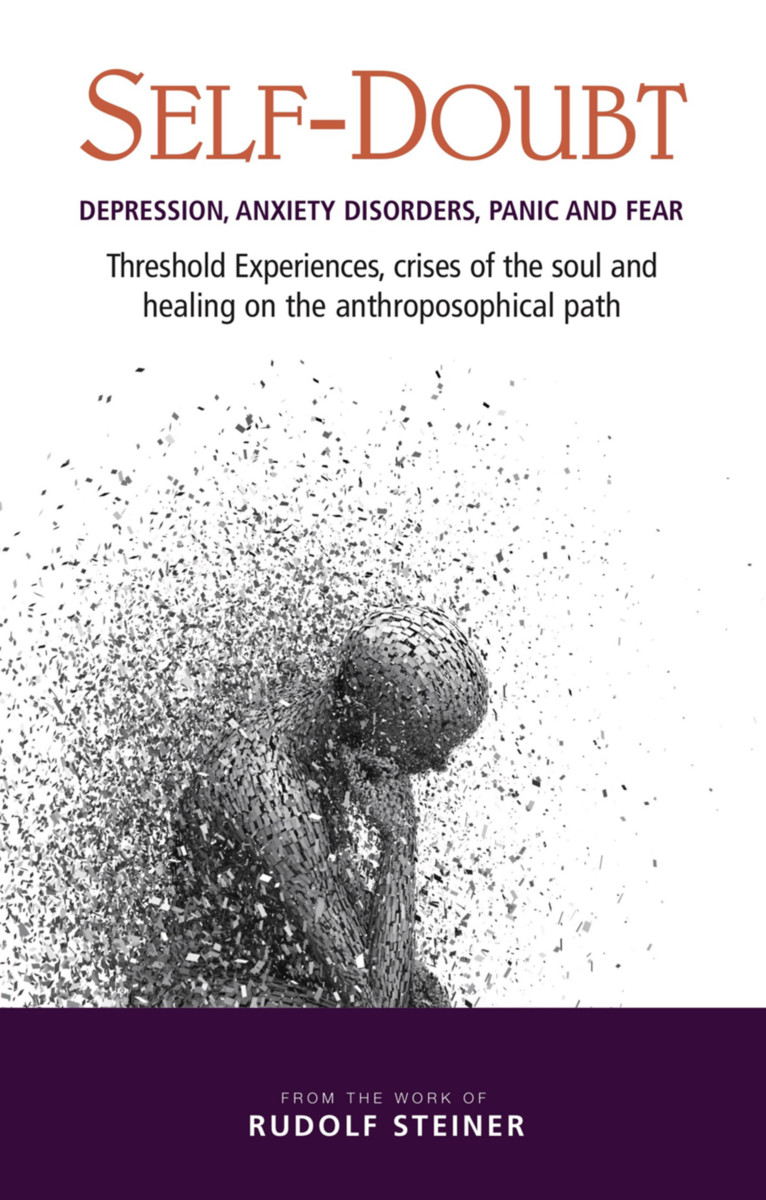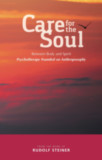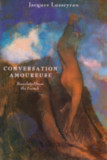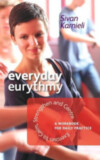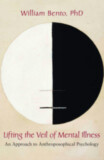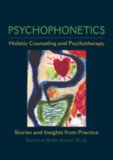Self-Doubt
Depression, Anxiety Disorders, Panic, and Fear: Threshold Experiences, Crises of the Soul, and Healing on the Anthroposophical Path
- Publisher
Rudolf Steiner Press - Published
21st December 2018 - ISBN 9781855845503
- Pages 152 pp.
- Size 5.5" x 8.5"
Selections from various lectures
Mental and emotional disorders have reached epidemic levels in Western societies. Self-doubt, panic attacks, anxiety disorders, and personal fears of all kinds present major challenges to contemporary medical science. Rudolf Steiner’s spiritual research offers a startlingly original and complementary contribution to this problem. True insight into psychological issues requires knowledge of the influences of spiritual beings, he suggests.
In everyday life we are all confronted with metaphysical entities that can hinder or aid our development. Many forms of anxiety and self-doubt derive from such meetings on the border (or threshold) of consciousness. Furthermore, these “threshold experiences” are exacerbated today by a general loosening of the subtle bodies and components of the human soul.
As these constitutional changes persist, according to Rudolf Steiner a condition of “dissociation” becomes increasingly common. A healthy emotional life will never be possible unless individuals engage in a conscious practice of personal self-development, strengthening their constitution through the action of one’s “I”—one’s core self.
The expertly selected and collated texts in Self-Doubt offer numerous cognitive and practical ideas for the improvement of everyday mental and emotional health.
C O N T E N T S:
1. The Origin of Error, Fear, and Nervousness
2. Crossing the Threshold in the Development of Humanity and the Individual
3. The Polarity of Shame and Fear
4. The Polarity of Doubt and Terrifying Confusion
5. The Polarity of Skepticism and Claustrophobia, Astraphobia, and Agoraphobia
6. The Origin of Panic
7. Worry and Anxiety
8. The Multilayered Nature of Terrifying Disorientation/Confusion
—Memory and Memories
—Compulsive Thoughts and Depression Resulting from Trauma
—Nightmares and Elemental Beings
—Association and Dissociation—the Components of the Soul on the Threshold
—Loosening of the Subtle Bodies
—Demons, Specters, Phantoms, and their Effects on the Subtle Bodies
9. Healing Aspects of the Anthroposophical Path of Training
—Development of Organs of Supersensory Perception
—The Soul Process of Light
—Wonder, Compassion, Conscience
10. The Spiritual-scientific Qualities of Fear Compared with Standardized Diagnostic Terms as a Basis for Therapy
Appendix
Notes
Sources
Rudolf Steiner
Rudolf Steiner (b. Rudolf Joseph Lorenz Steiner, 1861–1925) was born in the small village of Kraljevec, Austro-Hungarian Empire (now in Croatia), where he grew up. As a young man, he lived in Weimar and Berlin, where he became a well-published scientific, literary, and philosophical scholar, known especially for his work with Goethe’s scientific writings. Steiner termed his spiritual philosophy anthroposophy, meaning “wisdom of the human being.” As an exceptionally developed seer, he based his work on direct knowledge and perception of spiritual dimensions. He initiated a modern, universal “spiritual science” that is accessible to anyone willing to exercise clear and unbiased thinking. From his spiritual investigations, Steiner provided suggestions for the renewal of numerous activities, including education (general and for special needs), agriculture, medicine, economics, architecture, science, philosophy, Christianity, and the arts. There are currently thousands of schools, clinics, farms, and initiatives in other fields that involve practical work based on the principles Steiner developed. His many published works feature his research into the spiritual nature of human beings, the evolution of the world and humanity, and methods for personal development. He wrote some thirty books and delivered more than six thousand lectures throughout much of Europe. In 1924, Steiner founded the General Anthroposophical Society, which today has branches around the world.


